I have following situation. once I start a Selenium test, a browser window will be opened. Since I have a bunch of tests and I start them many times every day, I would not let Selenium to open the new browser window on the front of my current browser(where I am working), but on the background, so it wouldn't disturb me. Is it possible?
PS to clarify why I need this - many times in a day, when I working in the current browser and the selenium tests are running, browser windows from Selenium for every test opens just suddenly and I can suddenly close it, type something, etc.
What I have now:
